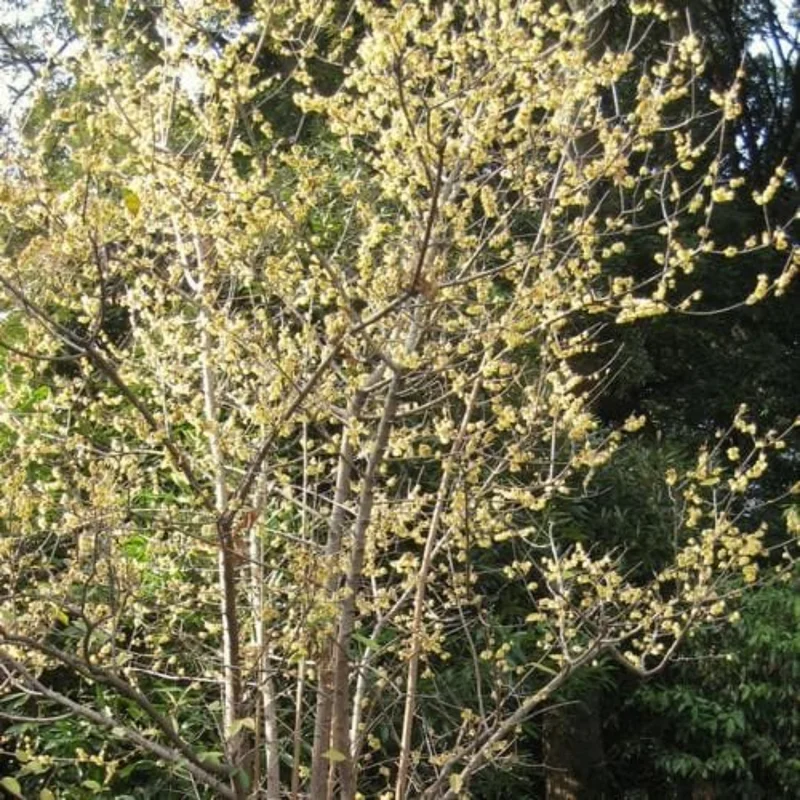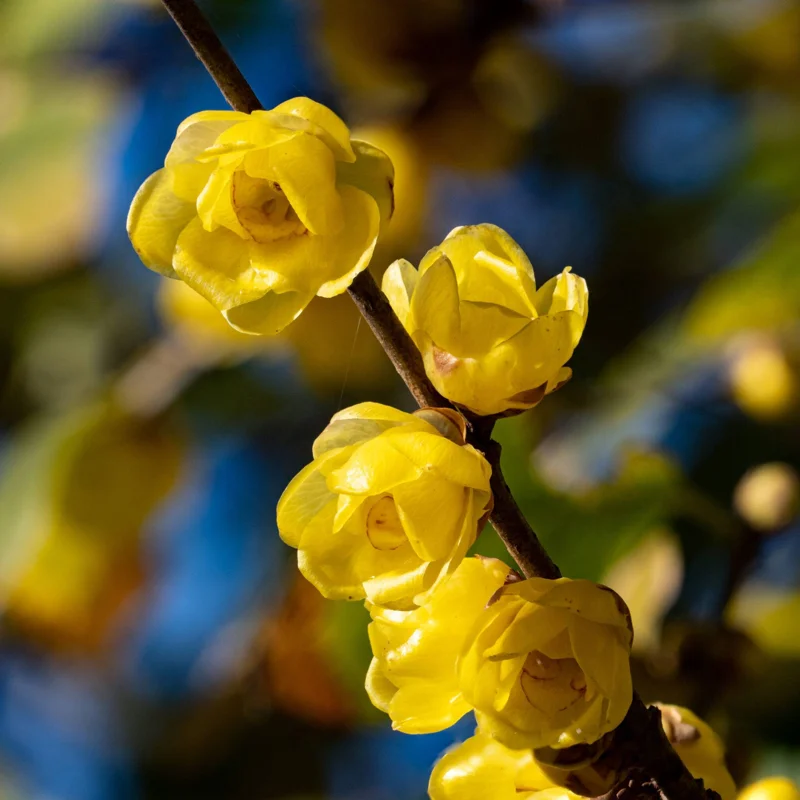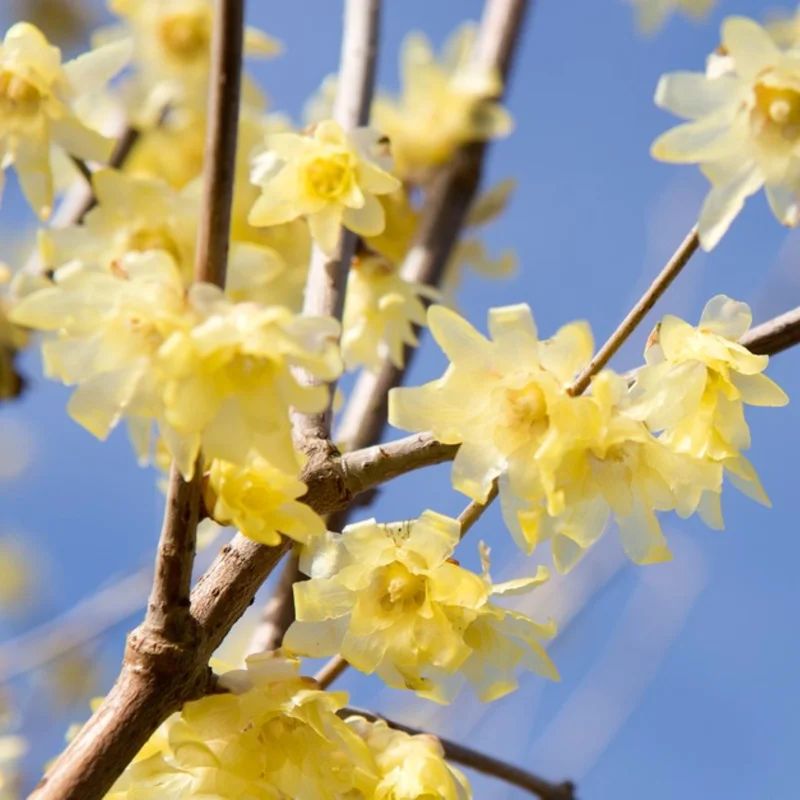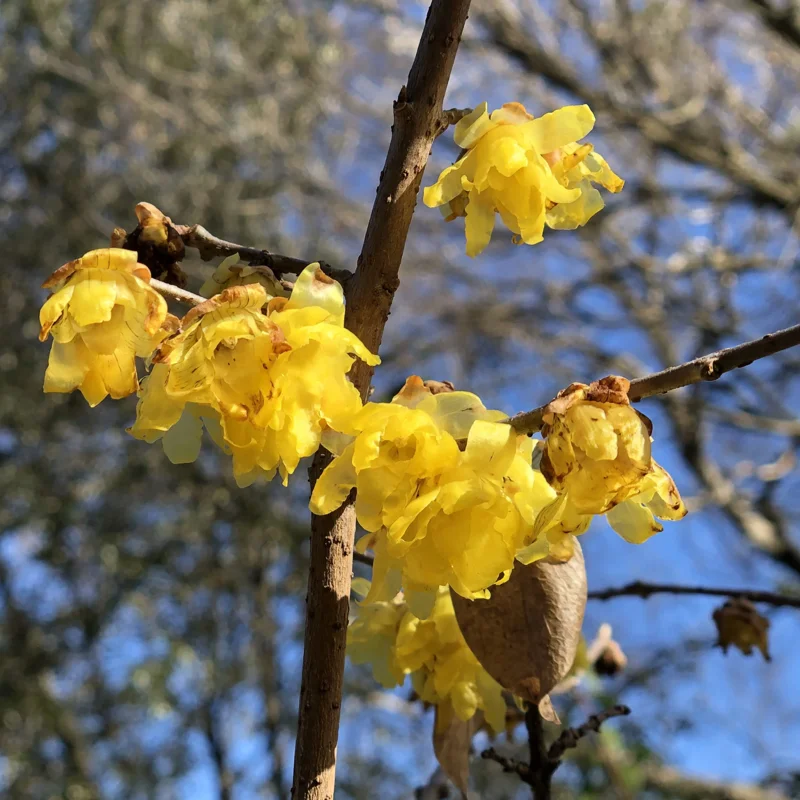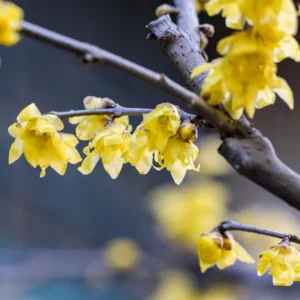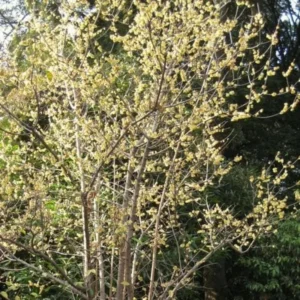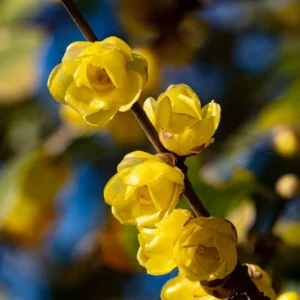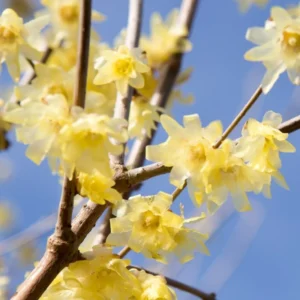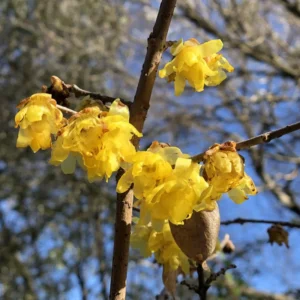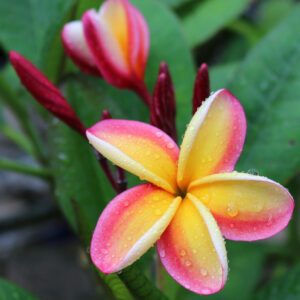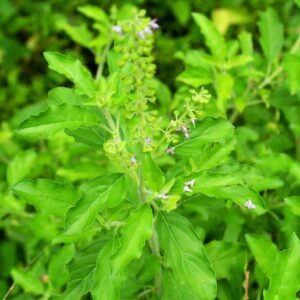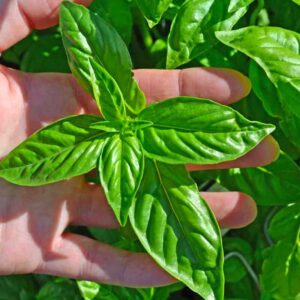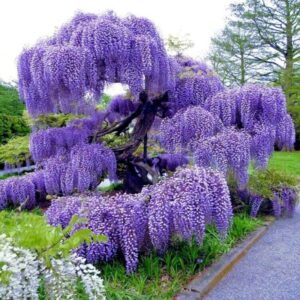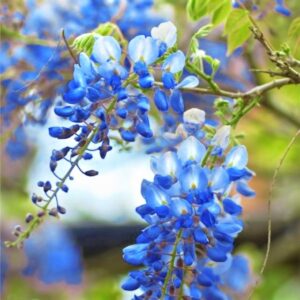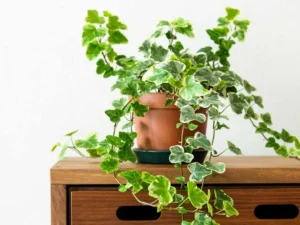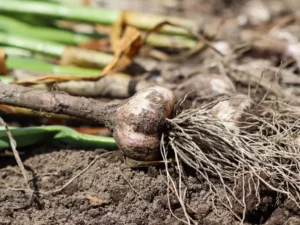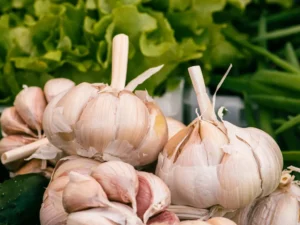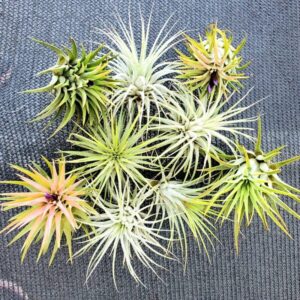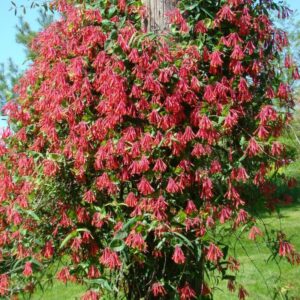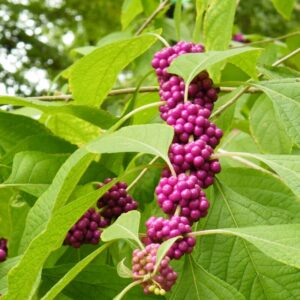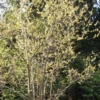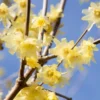Yellow Wintersweet Live Plant – Winter-Blooming Tree with Fragrant Flowers, 4-Inch Pot for Stunning Gardens
Yellow Wintersweet Live Plant – Winter-Blooming Tree with Fragrant Flowers, 4-Inch Pot for Stunning Gardens
Enhance your winter garden with the Yellow Wintersweet Live Plant, featuring fragrant pale yellow flowers in a 4-inch pot.
$34.99
Out of stock

With our Alive & Thrive Guarantee, we’ve got your back for the first 30 days! If you have any concerns about your plants, just reach out to us. Our team is here to help answer your questions and guide you in selecting the best plants for your garden, climate, and unique preferences. We're excited to help you create the garden of your dreams!
-
USDA Hardiness Zone
7-9 -
Soil type
Well-drained soil -
Sunlight Exposure
Full sun to partial shade -
Expected Planting Period
Fall to early spring
Discover the Yellow Wintersweet Live Plant
The Yellow Wintersweet Live Plant is a remarkable addition to your garden, offering winter blooms of fragrant, pale yellow flowers. This deciduous shrub or small tree thrives in USDA Zones 7-9, providing beauty and fragrance during the colder months.
Features and Benefits
With a mature height of 10-15 feet, this stunning plant serves as a focal point in your landscape or a privacy screen. Its delightful scent fills the air, making it a cherished choice for garden enthusiasts.
Care Instructions
To ensure your Yellow Wintersweet thrives, plant it in well-drained soil and provide it with full sun to partial shade. Water the plant when the top inch of soil feels dry, avoiding overwatering to prevent root rot.
Perfect for Any Garden
This plant blooms from late fall to winter, transforming your outdoor space into a fragrant haven. The 4-inch pot size makes it easy to integrate into existing garden designs or start a new one.
Frequently Asked Questions
- What are the light requirements? It prefers full sun to partial shade for optimal growth.
- Can it be grown in a container? Yes, it can be grown in a container with good drainage.
- How often should I water it? Water when the top inch of soil feels dry.
- Is it suitable for all climates? Best suited for USDA Zones 7-9; may need winter protection in colder areas.
- When does it bloom? Blooms from late fall to winter, providing color and fragrance when most plants are dormant.


